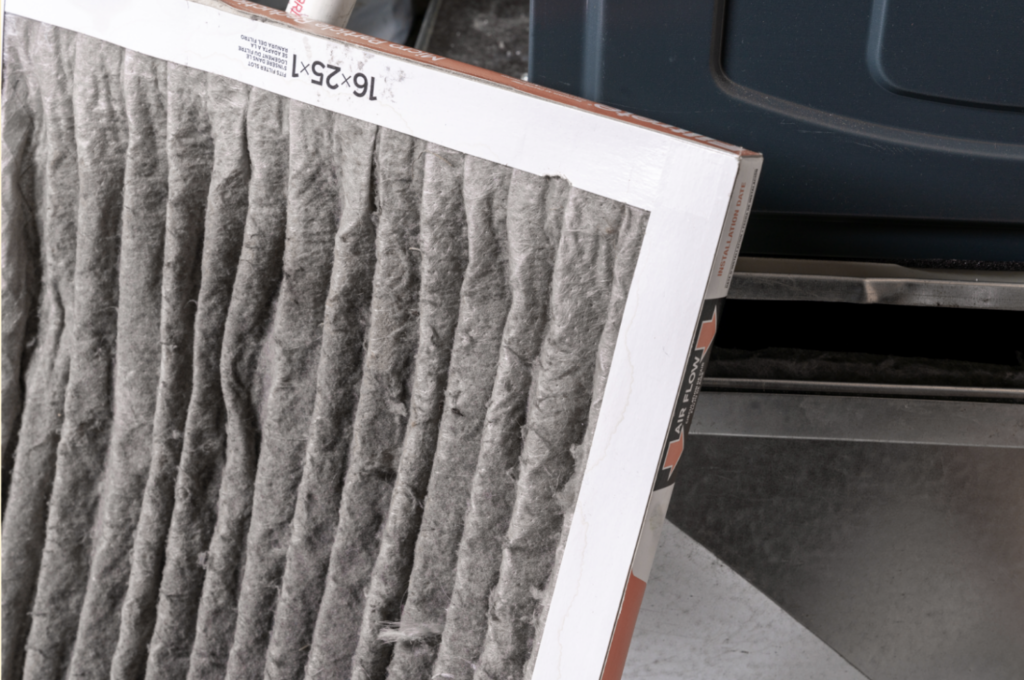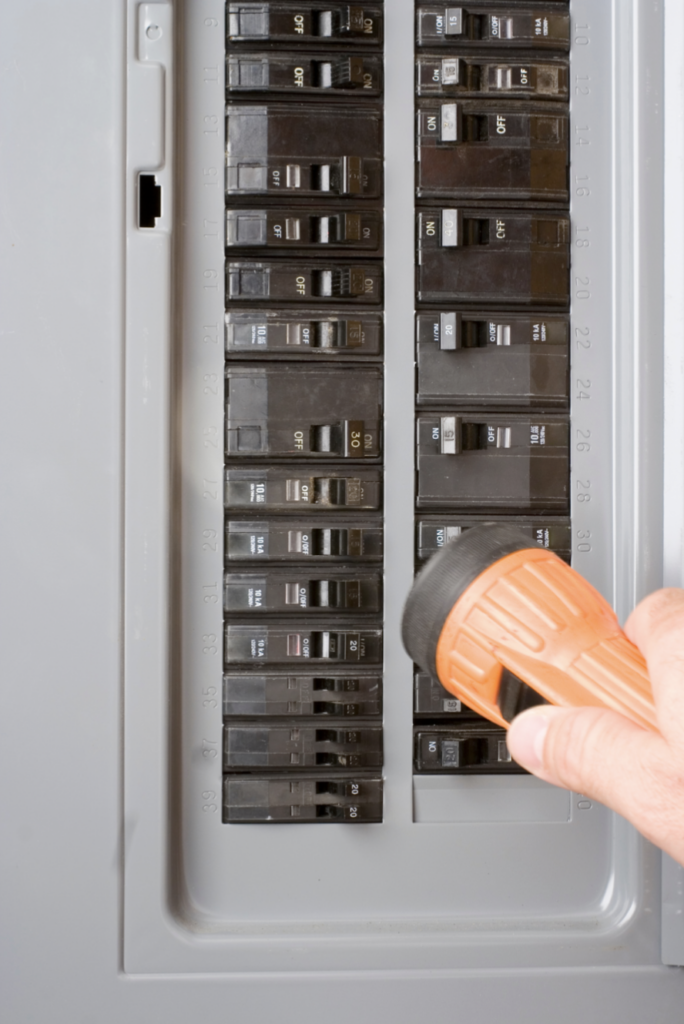Living in Gresham, we’re no strangers to power outages. While the occasional flicker might be nothing to worry about, a complete power outage can disrupt your daily routine, especially during the hot summer months or cold winters when you rely on your HVAC system for comfort.
If your house goes dark and your air conditioning (AC) or heating system won’t turn back on when the power returns, don’t panic! This article will guide you through some basic troubleshooting steps you can try before calling an HVAC professional from Oxbow Heating & Cooling.
What Happens to Your System If Your HVAC Lost Power?
A typical HVAC system comprises several components working together to regulate temperature in your home. These components include:
- Compressor: The heart of the system, responsible for pressurizing refrigerant to cool your home.
- Condenser: Located outdoors, it releases heat extracted from your home by the refrigerant.
- Evaporator Coil: Absorbs heat from the indoor air.
- Blower Fan: Circulates cool or warm air throughout your home through ductwork.
- Control Board: The brain of the system, regulating component operation based on thermostat settings.
- Thermostat: Communicates your desired temperature to the control board.
When the power goes out, your entire HVAC system shuts down. While some systems might have a built-in delay before restarting upon power restoration, others may require a manual reset.
Reasons Your HVAC / AC Won’t Come On After Power Outage
There are several reasons why your HVAC system might not turn back on after a power outage:
Tripped Breaker
Power surges during outage restoration can cause circuit breakers to trip, cutting power to your HVAC unit.
Thermostat Issues
A power outage can reset your thermostat or disrupt Wi-Fi connections in smart thermostats, preventing it from properly communicating with the system.
Dirty Air Filter
Power surges during outage restoration can cause circuit breakers to trip, cutting power to your HVAC unit.

Component Failure
In rare cases, a severe power surge or pre-existing wear and tear might lead to component failure within the HVAC system, requiring professional repair.
HVAC Not Working After Power Outage?
1. Check the Thermostat
Sometimes, power outages can cause thermostats to reset or lose their Wi-Fi connections, especially the smart ones. Make sure your system isn’t just misbehaving due to incorrect settings or connectivity issues. To start the heating or cooling system, adjust the thermostat settings. If it’s a smart model, reconnect to Wi-Fi. Then, adjust the temperature by 3 to 5 degrees. See if this triggers the system to start. Pro-tip! If your thermostat is old or seems to be malfunctioning, think about upgrading to a more efficient, programmable, or smart thermostat. This simple switch could potentially save you up to 10% on your heating and cooling bills.2. Check the Circuit Breaker Box
The circuit breaker box is often found in places like attics, hallways, laundry rooms, or garages. Look for labels such as “furnace,” “air conditioner,” “AHU,” or anything similar to identify the correct breaker switches. You might also find a switch that’s in the middle or OFF position, or it might show a sign of being tripped.Before touching the breakers, remember to turn off the thermostat for safety to prevent any electrical shocks. To reset a tripped breaker, flip it to OFF and then back to ON. Allow some time, about 15 to 30 minutes, for your system to reboot before turning the thermostat back on to test it.
Important! If the breaker trips again right away, it’s safer not to try resetting it again and instead, contact a professional from Oxbow HVAC.

3. Check the Air Filter (Ongoing Maintenance)
A clogged air filter is a common reason behind HVAC system issues. Before replacing the filter, make sure to turn off your system. You might need a screwdriver to open the air filter housing. Take out the old filter, throw it away, and then put in a new one, making sure it fits correctly and is properly oriented.
After replacing the filter and closing the housing, you can restart your system and hopefully notice an improvement in its performance. Remember to regularly check the air filter, ideally every three months or more often. Maintenance is important for keeping things running smoothly.
Reset Your AC System and Thermostat
If none of the above troubleshooting steps resolve the issue, you can try resetting your AC system and thermostat:
- Turn off the thermostat completely.
- Locate the disconnect switch for your outdoor HVAC unit (usually near the condenser).
- Turn the disconnect switch to the OFF position and wait 30 seconds. This allows any residual power to dissipate and prevents accidental restarts during the reset process.
- Turn the thermostat back on and set your desired temperature.
- Wait 5-10 minutes for the system to go through its startup cycle and begin operation.
When to Call an HVAC Professional for Repairs
Breaker Trips Repeatedly
If a breaker consistently trips after resetting, it could indicate a short circuit or overload within the HVAC system. Don’t attempt to fix this yourself and call a qualified technician to diagnose and repair the problem.
Unusual Noises
Grinding, screeching, or loud banging noises coming from your HVAC system are signs of potential internal component failure. Shut off the system immediately and contact a professional for repairs.
Burning Smells
A strong smell coming from your HVAC system could mean there are electrical issues or parts getting too hot. Turn off the system and call a professional right away to prevent further damage or fire hazards.
Airflow Issues
If only weak or uneven airflow comes out of your vents even after replacing the air filter, there could be problems with the blower fan, ductwork, or other components. A qualified technician can diagnose and address the issue.
System Leaks
If you hear hissing or see water around your HVAC unit, it is important to seek professional help. This will prevent damage and ensure that your unit continues to work safely.
Conclusion
A non-functioning HVAC system after a power outage can be frustrating, especially during extreme weather conditions. By following the troubleshooting steps outlined above, you might be able to resolve the issue yourself and restore comfort to your Gresham home.
However, if you encounter any of the situations mentioned in the “When to Call an HVAC Professional” section, don’t hesitate to contact Oxbow Heating & Cooling. Our certified technicians are available 24/7 to diagnose and repair your HVAC system quickly and efficiently, ensuring your home stays comfortable year-round.
Remember: Safety always comes first. If you’re unsure about any steps or feel uncomfortable performing them, call a qualified HVAC professional.
For expert HVAC service and repairs in Gresham, contact Oxbow Heating & Cooling today! We offer a variety of services to keep your HVAC system running smoothly and efficiently.





